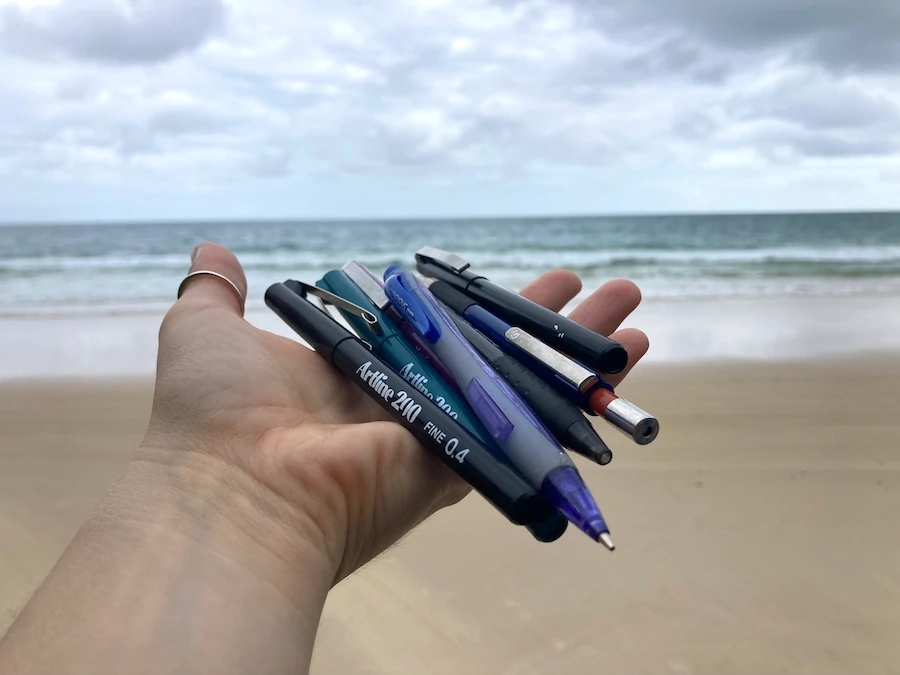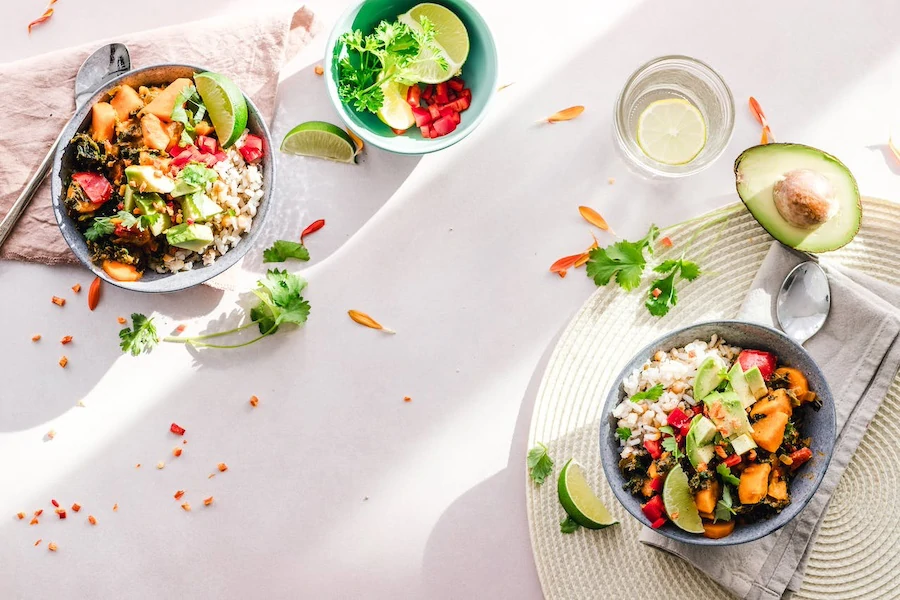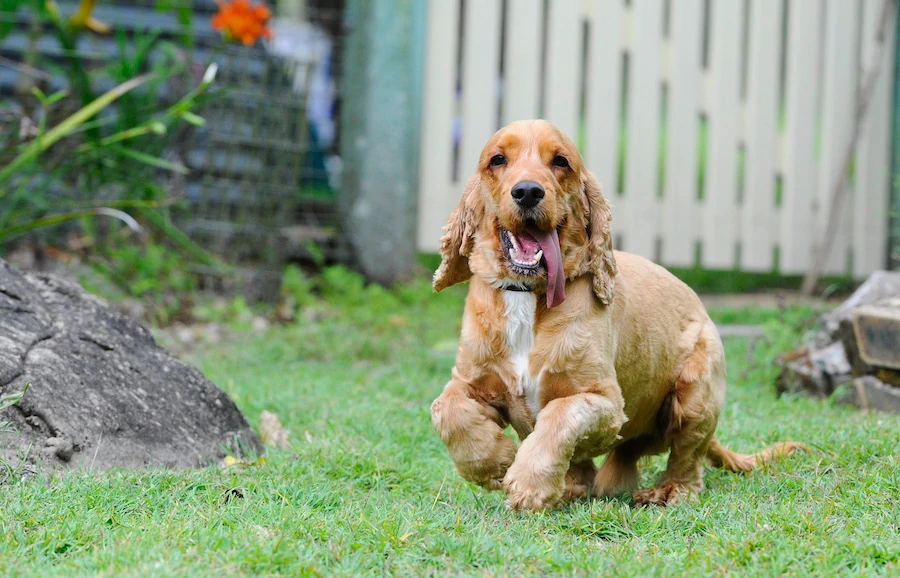Sheets made from bamboo are probably one of the softest types of bedding available on the market today. They are popular for being exceptionally soft, durable, moisture-wicking, breathable, hypoallergenic, and eco-friendly compared to other types of sheets such as polyester and cotton sheets. Owning a set can make a difference in the way you sleep.
But have you ever thought about how they are made? Or what they are made with? Yes, we all know they are made from bamboo plants, but how exactly are they transformed from those hollow stems into the soft fabrics we now have at home?
In this post, we will be examining what exactly bamboo sheets are made from and how they are made. We will also briefly look at things to consider when shopping for a new set of bamboo fabrics.
Table of Contents
ToggleWhat Are Bamboo Sheets Made From Exactly?
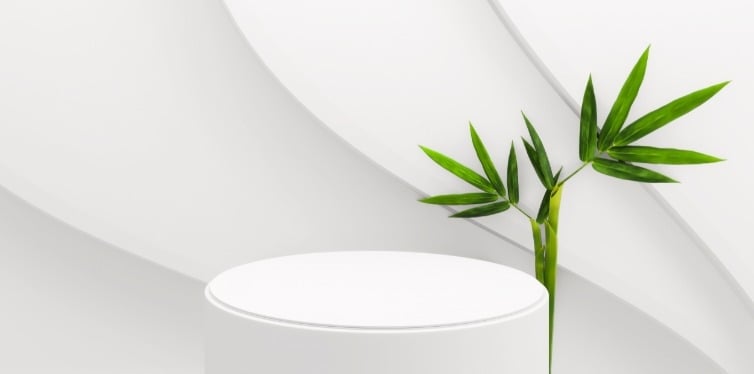
Bamboo sheets are made from bamboo cellulose fibers extracted from a particular part and species of the bamboo plant. To successfully extract these bamboo fibers, there are a lot of chemical processes involved. First, the starchy pulp is extracted from the bamboo stem and leaves through a chemical process known as alkaline hydrolysis and also undergoes multi-phase bleaching.
These starchy pulps then undergo further chemical processes to transform them into bamboo fibers, after which they are bleached, dried, and prepared for weaving. The different varieties of bamboo sheets available, such as rayon or lyocell, are determined by the chemical process used in producing them.
Bamboo sheets are classified into two groups. According to the CFDA (Council of Fashion Designers of America, Inc.), natural bamboo fibers can either be manually processed into a natural bask fiber or chemically regenerated into a synthetic or manufactured fiber.
Regenerated Cellulose Fibers
The regenerated cellulose fibers are created from the starchy cellulose pulp extracted from bamboo stems, which is chemically dissolved and extrudes strands of continuous staple fibers that can then be converted into fabrics.
The reason they are called “regenerated cellulose fibers” is because they are made using natural raw cellulose pulp, which passes through a chemical manufacturing process where this raw cellulose pulp is broken down and regenerated into new fibers, all from the original pulp.
Bamboo sheets made using these methods are neither considered purely synthetic, as they are not made from synthetic products such as petroleum, but rather from natural raw cellulose, nor are they considered purely natural fibers, as some chemical processes were involved in transforming the raw cellulose into fibers. A great example of these would be the rayon bamboo sheets or the viscose sheets.
Bast Bamboo Fiber
Bast bamboo fibers are manually or mechanically processed without the use of chemicals. This is similar to the way linen fabrics are made from hemp or flax. A good example would be bamboo linen fibers, which offer similar sustainability benefits as linen fabrics but are not as soft as those made from regenerated cellulose fibers.
These processes of making these types of fibers are labor intensive, as every part of the extraction process are done manually. Bamboo sheets produced using this method are usually more expensive than the other types of bamboo sheets.
The Steps Involved in Bamboo Sheet Production
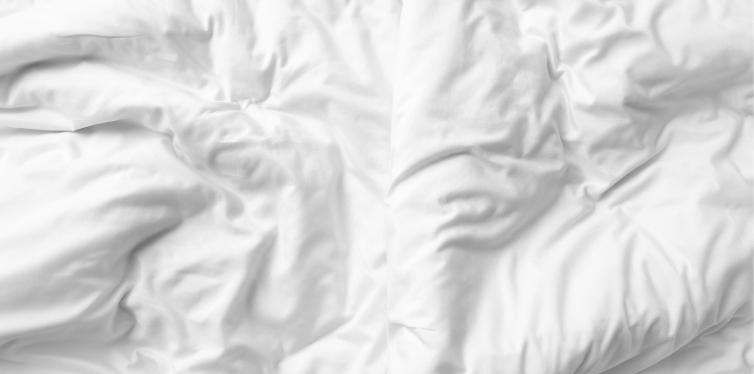
The whole process between harvesting and making the bamboo sheets is tedious and long. Firstly, mature bamboo plants are harvested, crushed, and steamed. How long bamboo sheets last and the quality of the sheets will be determined by the quality of the bamboo plant used; that’s why manufacturers always prefer bamboo that has a 100% natural growth certification.
After crushing and steaming the bamboo, they then pass through the retting process, which involves submerging the squashed bamboo in a liquid solution where, through bacterial actions, the cellular tissues and gummy substance holding the bast fibers get dissolved or rot away, thus releasing the fiber from the stem.
The liquid mixture used during the retting process will depend on the type of fabric they intend to produce. Most manufacturers use sodium hydroxide in the first phase of the retting process. After the cellular tissues are dissolved, carbon disulfide is often added to the mixture to encourage fiber regeneration. At the end of the process, the fibers are removed from the rest of the plant and dried, followed by bleaching, before being transported to where they would be laced into fabrics or textiles.
Not all the bamboo sheets you see on the market are the same. Some are softer and costlier compared to others. The reason for this difference is in the manufacturing process used in making the sheets. We will be looking at some different types of bamboo sheets available based on how they are manufactured.
Bamboo Rayon or Viscose
Viscose or rayon bamboo sheets are the most popular types of bamboo sheets available. Bedding made using bamboo rayon fibers is always soft, hypoallergenic, moisture-wicking, and bacteria- and odor resistant. They are a great example of sheets made through the regenerated cellulose fiber process. Just like rayon fabrics, bamboo viscose sheets are made through the same chemical process.
The chemical process is referred to as the “viscose process,” where toxic chemicals such as carbon disulfide are used to convert the natural cellulose pulp into fibers, making it the most toxic and polluting type of bamboo sheets available. Although they might be long-lasting and even considered the best bamboo sheets available, they are still the least eco-friendly type of bamboo sheets.
Bamboo Linen
Bamboo linen, also known as “bast bamboo fibers,” is considered the most eco-friendly bamboo sheet available. They are produced manually or mechanically without the use of chemicals, the same way common linen fabrics are made from hemp or flax. After the bamboo plant has been crushed and steamed, an enzyme retting and washing process is done. After successfully extracting the bast fibers, it is then spun into a yarn.
Bamboo linen fabrics are free from toxins and any harmful chemicals, making them great for the environment and also the skin. Producing bamboo linen fibers is labor-intensive as well as expensive and scarce. Although they are very sustainable and durable, they are more coarse compared to viscose or rayon bamboo sheets and require lots of maintenance. It also wrinkles easily, requiring frequent ironing.
Lyocell or Tencel Bamboo
The manufacturing process of lyocell or Tencel bamboo sheets is similar to that of viscose bamboo sheets, with one key difference. Instead of using a toxic chemical mixture for the retting process, it is replaced with a non-toxic solvent that doesn’t produce or leave behind any toxic waste. It uses a closed-loop system that can reuse water up to 200 times, leading to a 98% recycling rate, which in turn ensures minimal waste and low emissions.
Lyocell bamboo fabrics are not only free from harmful chemicals but also softer, stronger, and more eco-friendly compared to viscose bamboo fabrics. They are durable and long-lasting and are considered one of the best bamboo sheets available.
Bamboo Cotton Blend
There are special types of bamboo sheets and fabrics made from a combination of bamboo and cotton fibers. If you find the 100% bamboo fiber sheets too soft for your liking, you can opt for the blended bamboo sheets. The presence of cotton fibers in the bamboo sheet will slightly alter or compromise its softness. The higher the cotton percentage, the stronger the sheet becomes.
Common bamboo cotton blends are 60% bamboo rayon with 40% cotton and 70% bamboo rayon with 30% cotton. If you are after a sustainable and eco-friendly sheet, a bamboo-cotton blend is not a good idea, as the cotton will make it less sustainable.
How To Choose The Best Bamboo Sheets
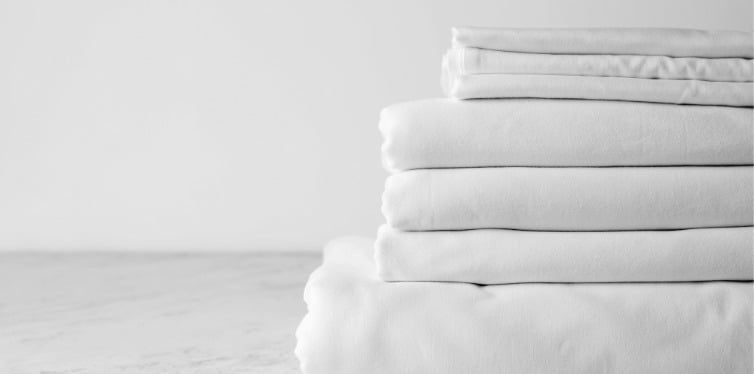
Your bedding is an important part of your bedroom and your life. Choosing the perfect bamboo bedding for yourself can be a bit stressful at times, as we have lots of questions we seek answers to, like how long bamboo sheets last, how to care for bamboo sheets, and even which are the best bamboo sheets to buy. You can check out all the answers to those questions in our previous posts. For now, let’s look at some important tips when buying bamboo sheets.
Always Look At The Label
Before buying any bamboo bed sheets or fabrics, always look at the label to know which type of bamboo sheets you are getting. Manufacturers, especially in the United States, are expected by law to mark if the sheets are either bamboo rayon or viscose, bamboo lyocell, or bamboo linen. In other countries, it might not be so, so always check the labels to be sure, and if it is not clearly stated, ask the manufacturer to clarify which it is.
Always Avoid Bamboo Blends
If you are after a soft, sustainable, and eco-friendly bamboo sheet, then you should steer clear of bamboo blends. When cotton and other fabric fibers are blended with bamboo fibers, it lessens the integrity of the bamboo fiber and reduces its softness.
Always Check Customer Reviews
If you’ve seen a bamboo fabric or sheet that you feel meets your needs, always do a bit of research to hear what others who have used the sheet in the past have to say about it. If their experience with the said sheet is what you crave, then you can go ahead and purchase it.
Bamboo Vs. Cotton: Which Is More Eco-Friendly?
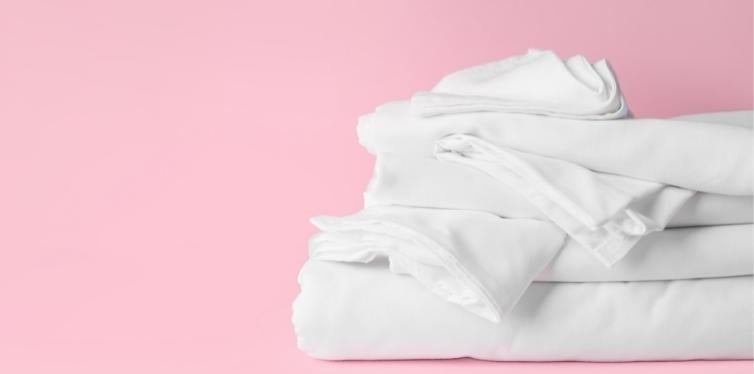
Both bamboo and cotton sheets are eco-friendly, but bamboo sheets are more environmentally friendly as they have a smaller carbon footprint. The bamboo plant is technically a grass and requires little to no care when growing. They don’t need pesticides or any other form of chemical, making them great for the skin.
The cotton plant, on the other hand, has a larger carbon footprint compared to bamboo as they require lots of water and pesticides to grow. There are some high-quality cotton sheets like the Egyptian cotton sheets grown within the Nile delta that are more eco-friendly compared to others such as pima cotton due to their close proximity to water.
Final Thoughts
As a reminder, bamboo sheets are made from bamboo cellulose fibers extracted from bamboo plants. Knowing what your bamboo sheets and fabrics are made of and the processes involved in their production is very important, as it will guide you in choosing the right set of sheets that best meets your needs and beliefs.
Yes, bamboo sheets are eco-friendly, but with this new information, you should now know that bamboo linen is more eco-friendly than lyocell and rayon bamboo sheets.

